Home>Articles>Why Does My Car Idle Rough When I Turn On The AC


Articles
Why Does My Car Idle Rough When I Turn On The AC
Modified: March 2, 2024
Discover why your car idles rough when the AC is turned on with helpful articles. Find solutions to improve your driving experience today.
(Many of the links in this article redirect to a specific reviewed product. Your purchase of these products through affiliate links helps to generate commission for Storables.com, at no extra cost. Learn more)
Introduction
When you turn on the air conditioning (AC) in your car, you expect a cool and comfortable ride. However, sometimes you may notice that your car starts to idle rough when the AC is turned on. This can be a frustrating experience and may raise concerns about the health of your vehicle. But don’t worry, this article will help you understand why your car idle rough when the AC is on and provide possible solutions to this issue.
To fully grasp why the AC affects your car’s idle, it’s important to have a basic understanding of how the idle system works.
The idle of a car refers to the engine’s speed when the vehicle is stationary or not in motion. This idle speed is controlled by the idle control system, consisting of various components such as the idle air control valve, throttle position sensor, and engine control unit. The system ensures that the engine runs smoothly and maintains a consistent RPM (revolutions per minute) when the car is at rest.
Now, let’s dig deeper into the role of the AC in a car’s idle and why it can lead to rough idling.
Key Takeaways:
- When you turn on the AC in your car, the additional load placed on the engine by the compressor and electrical components can disrupt the idle control system, leading to rough idling. Regular maintenance and addressing potential issues can help minimize this problem.
- The AC system in your car increases fuel consumption due to the extra power required to operate the compressor. By using the AC judiciously and keeping the system well-maintained, you can mitigate its impact on fuel efficiency.
Read more: Why Does My Car Shake When I Turn On The AC
Understanding the Idle of a Car
Before we dive into the reasons behind rough idling when the AC is on, let’s take a closer look at how the idle of a car is regulated.
The idle control system, as mentioned earlier, is responsible for maintaining the engine’s idle speed. When the engine is running without any additional load, the idle speed should be steady and within the manufacturer’s specifications. This ensures that the engine is operating efficiently and allows smooth operation when transitioning from idle to acceleration.
The idle control system employs sensors to monitor various parameters such as engine temperature, throttle position, and airflow. It then adjusts the amount of air entering the engine through the idle air control valve to maintain the desired idle speed. The throttle position sensor informs the system of the position of the accelerator pedal, while the engine control unit processes this data and sends commands to the idle air control valve.
By regulating the idle speed, the system ensures that the engine is running smoothly and is ready to respond to driver input. However, when the AC is turned on, it places an additional load on the engine, which can disrupt the balance and lead to rough idling.
Now that we have a basic understanding of the idle control system, let’s explore why the AC specifically affects the car’s idle in the next section.
The Role of the AC in a Car’s Idle
The air conditioning system in a car plays a crucial role in keeping the cabin cool and comfortable, especially during hot summer months. However, it also places an additional load on the engine, which can impact the car’s idle.
When you turn on the AC, the compressor in the system kicks in, requiring additional power from the engine to operate. The compressor is driven by a belt connected to the engine, and its function is to compress and circulate the refrigerant, allowing the AC system to cool the air entering the cabin.
Unfortunately, this additional load placed on the engine can disrupt the idle control system, leading to a rough idle. The idle air control valve tries to compensate by increasing the airflow to the engine, but it may struggle to maintain the desired idle speed.
Furthermore, the AC system also utilizes electrical components, such as the blower motor and cooling fans, which draw power from the battery and can put further strain on the engine’s electrical system. This added electrical load can contribute to an irregular idle as well.
It’s important to note that not all cars will experience rough idling when the AC is turned on. The severity of the issue can vary depending on factors such as the car’s make and model, age, and overall condition. Nevertheless, understanding the impact of the AC on a car’s idle can help you diagnose and address the problem effectively.
In the next section, we will explore some potential reasons why your car may idle rough when the AC is on.
Reasons Why the Car May Idle Rough When AC Is On
There are several reasons why your car may experience rough idling when the AC is turned on. Let’s take a closer look at some potential culprits:
- Inadequate Airflow: When the AC compressor kicks in, it requires more power from the engine. This increased demand for power can lead to a temporary reduction in the amount of air available for combustion, resulting in a rough idle. The idle air control valve may struggle to compensate for the limited airflow, leading to an unstable idle.
- Dirty or Malfunctioning Idle Air Control Valve: Over time, the idle air control (IAC) valve can become clogged with carbon deposits or malfunction due to wear and tear. A dirty or faulty IAC valve may not respond properly to changes in engine load caused by the AC, leading to rough idling.
- Weak or Failing Battery: The AC system places an additional electrical load on the battery. If your battery is weak or nearing the end of its life, it may struggle to supply enough power to the AC system and other electrical components, causing the engine to idle roughly.
- Worn Serpentine Belt: The serpentine belt drives various components in the engine, including the AC compressor. If the belt is worn, stretched, or damaged, it may slip when the AC is turned on, leading to a decrease in performance and a rough idle.
- Engine Misfires: A misfiring engine can also contribute to rough idling when the AC is on. Misfires occur when the air-fuel mixture in one or more cylinders fails to ignite properly. This can be caused by spark plug issues, fuel system problems, or ignition system malfunctions.
These are just a few potential reasons why your car may idle rough when the AC is turned on. It’s important to have a qualified mechanic diagnose the exact cause to ensure appropriate repairs are made.
In the next section, we will explore potential issues with the idle control system that can contribute to rough idling.
Check your air filter and clean or replace it if it’s dirty. A clogged air filter can restrict airflow to the engine, causing it to idle rough when the AC is on.
Potential Issues with the Idle Control System
The idle control system is a complex network of components that work together to maintain the engine’s idle speed. If any of these components malfunction or develop issues, it can lead to rough idling when the AC is on. Here are some potential problems with the idle control system:
- Idle Air Control Valve (IAC Valve) Failure: The IAC valve is responsible for regulating the airflow to the engine during idle. If it becomes dirty, clogged, or fails to function properly, it can cause the engine to idle roughly when the AC is turned on.
- Throttle Position Sensor (TPS) Issues: The TPS monitors the position of the throttle plate, relaying this information to the engine control unit (ECU). If the TPS is faulty or malfunctions, it may not accurately communicate throttle response to the ECU, leading to irregular idling, especially when additional loads like the AC are applied.
- Vacuum Leaks: A vacuum leak occurs when there is an unintended opening in the engine’s vacuum system. This can disrupt the smooth flow of air and affect the operation of the idle control system. Vacuum leaks can result from cracked or disconnected hoses, malfunctioning gaskets, or faulty vacuum actuators or valves.
- Dirty Fuel Injectors: Over time, fuel injectors can become clogged with debris or deposits, affecting the fuel delivery to the engine. If the fuel injectors are not providing the optimal amount of fuel during idle, it can cause rough idling, especially when the AC is on.
- Faulty Engine Control Unit (ECU): The ECU is responsible for monitoring and controlling various engine functions, including idle regulation. If the ECU develops a glitch or fails to process information correctly, it can lead to an unstable idle, particularly when additional loads like the AC are activated.
These are just a few potential issues that can affect the idle control system and result in rough idling when the AC is turned on. It’s important to have a qualified mechanic conduct a thorough inspection to diagnose the exact problem and perform the necessary repairs or replacements.
Next, let’s explore the impact of the AC system on fuel consumption.
Read more: Car Overheats When AC Is On And Idle
Impact of the AC on Fuel Consumption
The air conditioning system in your car provides comfort during hot weather, but it also has an impact on fuel consumption. When the AC is turned on, it puts an additional load on the engine, which requires more energy to operate. As a result, your car’s fuel consumption will increase.
The compressor in the AC system is driven by the engine through a belt, and it requires power to compress and circulate the refrigerant. This power comes from burning more fuel in the engine, which leads to higher fuel consumption.
Studies have shown that using the AC while driving at higher speeds or in stop-and-go traffic can significantly impact fuel efficiency. The exact impact varies depending on factors such as the car’s make and model, engine size, driving conditions, and the efficiency of the AC system itself.
Older vehicles or those with larger engines may experience a more noticeable decrease in fuel efficiency when the AC is running. On the other hand, modern cars with advanced engine management systems and improved AC technology may have more efficient AC systems that cause less of a fuel consumption increase.
It’s worth noting that the impact on fuel consumption is generally more significant when the AC is used at higher temperatures or in extreme weather conditions. In such situations, the AC system needs to work harder to maintain a comfortable cabin temperature, resulting in increased fuel usage.
To reduce the impact of the AC on fuel consumption, you can follow these tips:
- Use the AC judiciously, especially in mild weather conditions where opening the windows or using the vehicle’s ventilation system may be sufficient.
- Park your car in shaded areas to minimize the heat buildup inside the vehicle, reducing the need for the AC to work harder.
- When driving at higher speeds, consider using the AC intermittently or adjusting the temperature settings to a slightly higher level to reduce the load on the engine.
- Keep your car’s AC system properly maintained, ensuring that it is free from any leaks and that the refrigerant levels are correct.
By being mindful of your AC usage and following these tips, you can mitigate the impact on fuel consumption while still enjoying the comfort of a cool cabin.
Finally, let’s explore some tips to help reduce rough idling when the AC is on.
Tips to Reduce Rough Idling when AC Is On
Experiencing rough idling when the AC is turned on can be frustrating, but there are several steps you can take to minimize this issue. Here are some tips to help reduce rough idling when the AC is on:
- Keep Your Car Well-Maintained: Regular maintenance is key to preventing rough idling. Ensure that your car’s air filter, spark plugs, and fuel system are clean and in good condition. A well-maintained engine is more likely to run smoothly, even with the AC running.
- Clean or Replace the Idle Air Control Valve (IAC Valve): If the IAC valve becomes dirty or clogged, it can prevent the proper regulation of airflow, leading to rough idling when the AC is turned on. Cleaning or replacing the IAC valve can help restore smooth operation.
- Check for Vacuum Leaks: Vacuum leaks can disrupt the idle control system and contribute to rough idling. Inspect hoses, gaskets, and valves for any signs of damage or disconnection. Repair or replace any components that are causing vacuum leaks.
- Address Fuel System Issues: If your car’s fuel injectors are dirty or not functioning properly, it can lead to rough idling. Consider having them cleaned or replaced if necessary. Additionally, ensure that your fuel tank has a sufficient amount of clean fuel.
- Inspect and Adjust the Serpentine Belt: A worn or damaged serpentine belt can slip, affecting the performance of the AC compressor and causing rough idling. Regularly check the condition of the belt and adjust or replace it as needed.
- Monitor Battery Health: A weak or failing battery can impact the performance of the electrical components, including the AC system. Test your battery’s health and replace it if necessary to ensure consistent power supply.
- Consider Upgrading the Idle Control System: In some cases, upgrading the idle control system components, such as the idle air control valve or throttle position sensor, can improve the overall performance and reduce rough idling when the AC is on.
Remember, if you are not comfortable performing these maintenance tasks yourself, it is always advisable to consult a qualified mechanic who can diagnose and address the specific issues causing rough idling.
By following these tips and ensuring proper maintenance, you can minimize rough idling when the AC is turned on and enjoy a smoother and more comfortable ride.
Finally, let’s conclude our discussion.
Conclusion
Experiencing rough idling when the AC is turned on can be a common issue for car owners. However, understanding the reasons behind this problem and taking appropriate measures can help alleviate the frustration and keep your vehicle running smoothly.
In this article, we’ve explored why your car may idle rough when the AC is on. We discussed the role of the AC in a car’s idle and how it can disrupt the balance of the idle control system. We also delved into potential issues with the idle control system, highlighting components such as the idle air control valve and throttle position sensor that can contribute to rough idling.
We also touched upon the impact of the AC on fuel consumption, emphasizing that running the AC requires additional power from the engine, thus increasing fuel consumption.
To reduce rough idling when the AC is on, we provided some helpful tips, such as keeping your car well-maintained, cleaning or replacing the idle air control valve, checking for vacuum leaks, addressing fuel system issues, ensuring proper belt performance, and monitoring the health of your battery.
Remember, if you encounter persistent rough idling or are unsure about performing maintenance tasks, it’s always best to consult a qualified mechanic to diagnose and resolve the issue.
By implementing proper maintenance practices and addressing any underlying issues with the idle control system, you can minimize rough idling when the AC is on, resulting in a smoother and more enjoyable driving experience.
Stay cool and drive safely!
Frequently Asked Questions about Why Does My Car Idle Rough When I Turn On The AC
Was this page helpful?
At Storables.com, we guarantee accurate and reliable information. Our content, validated by Expert Board Contributors, is crafted following stringent Editorial Policies. We're committed to providing you with well-researched, expert-backed insights for all your informational needs.
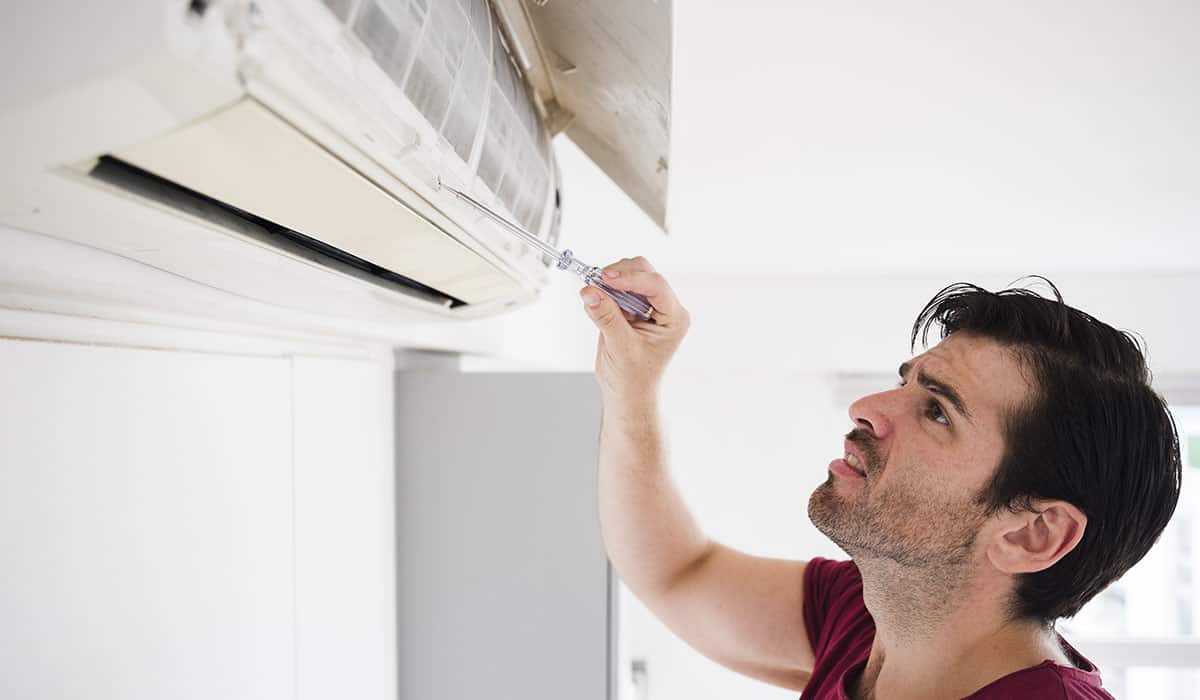
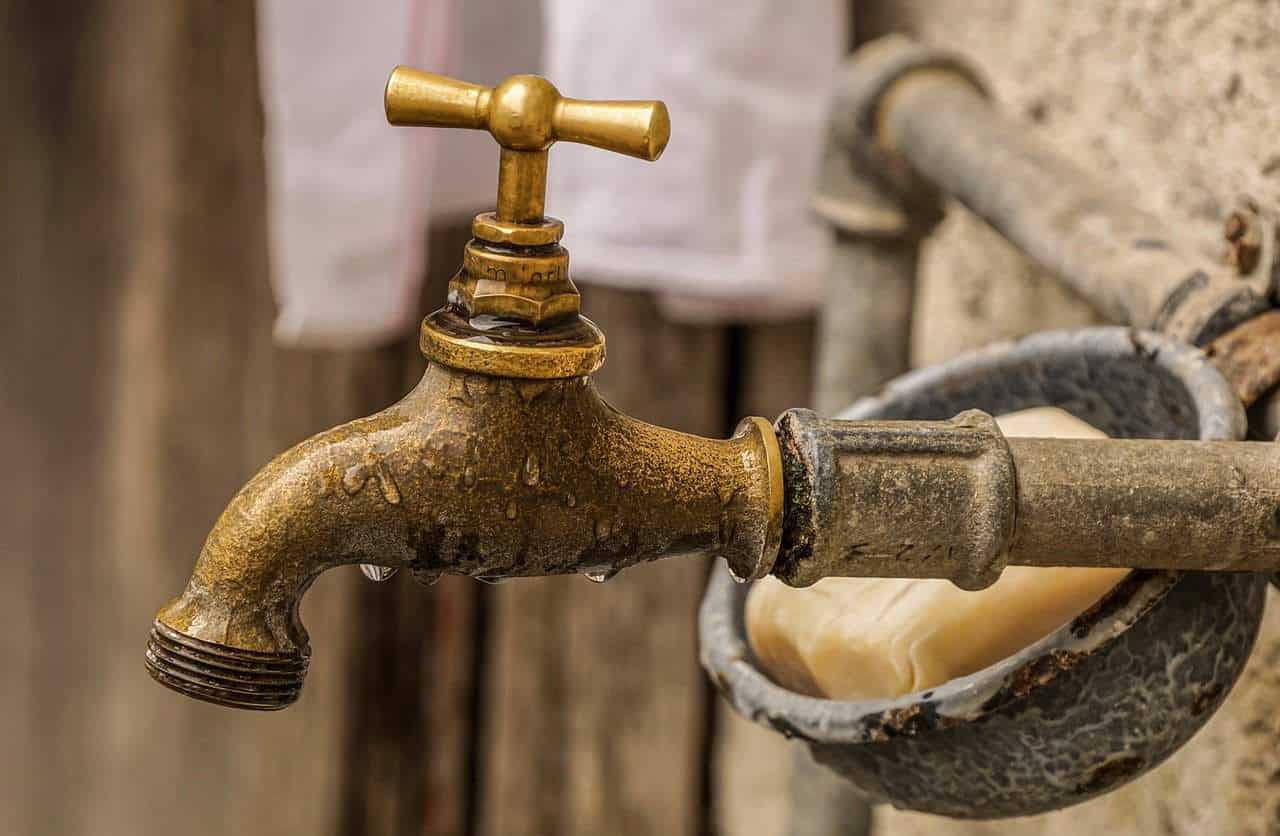
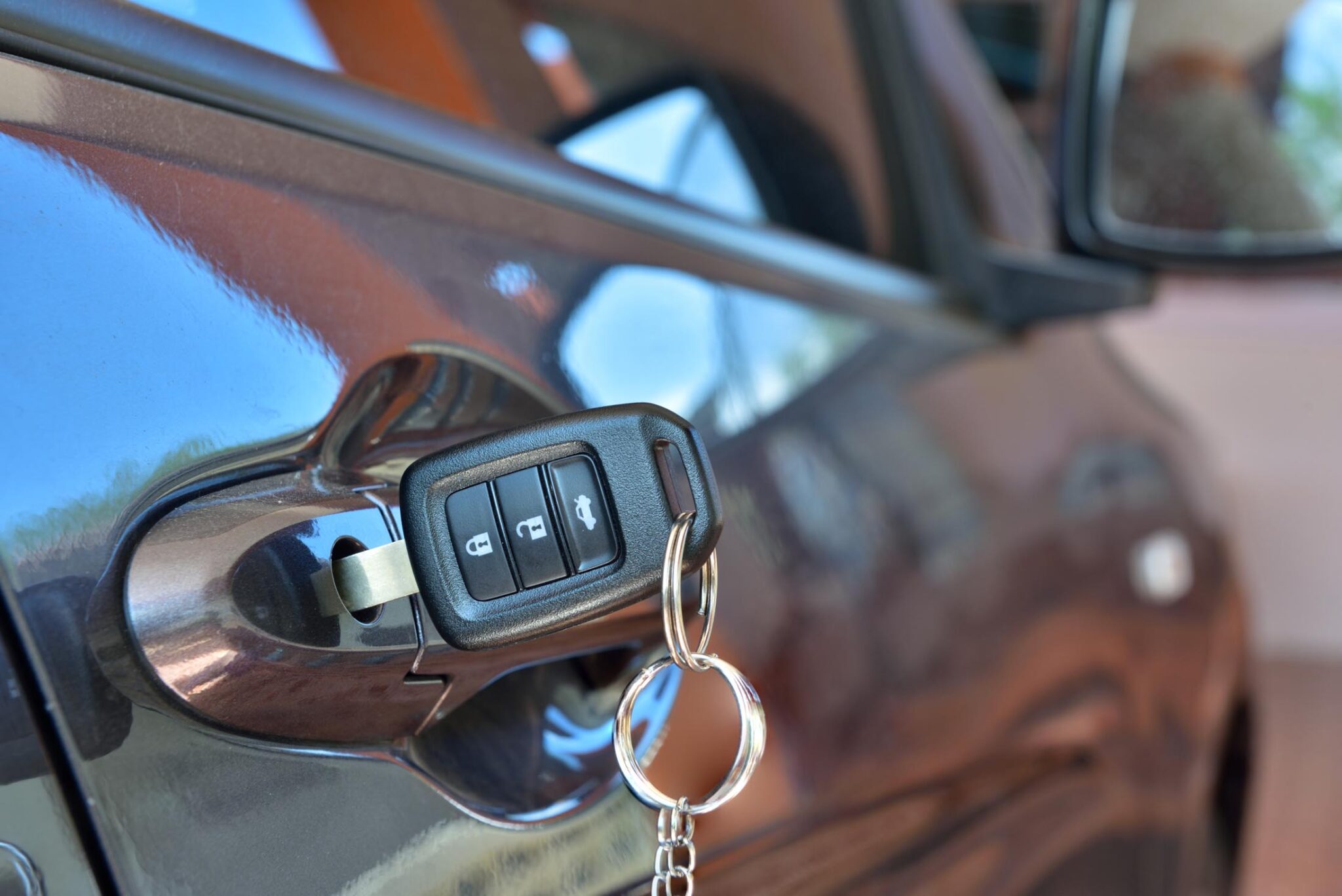
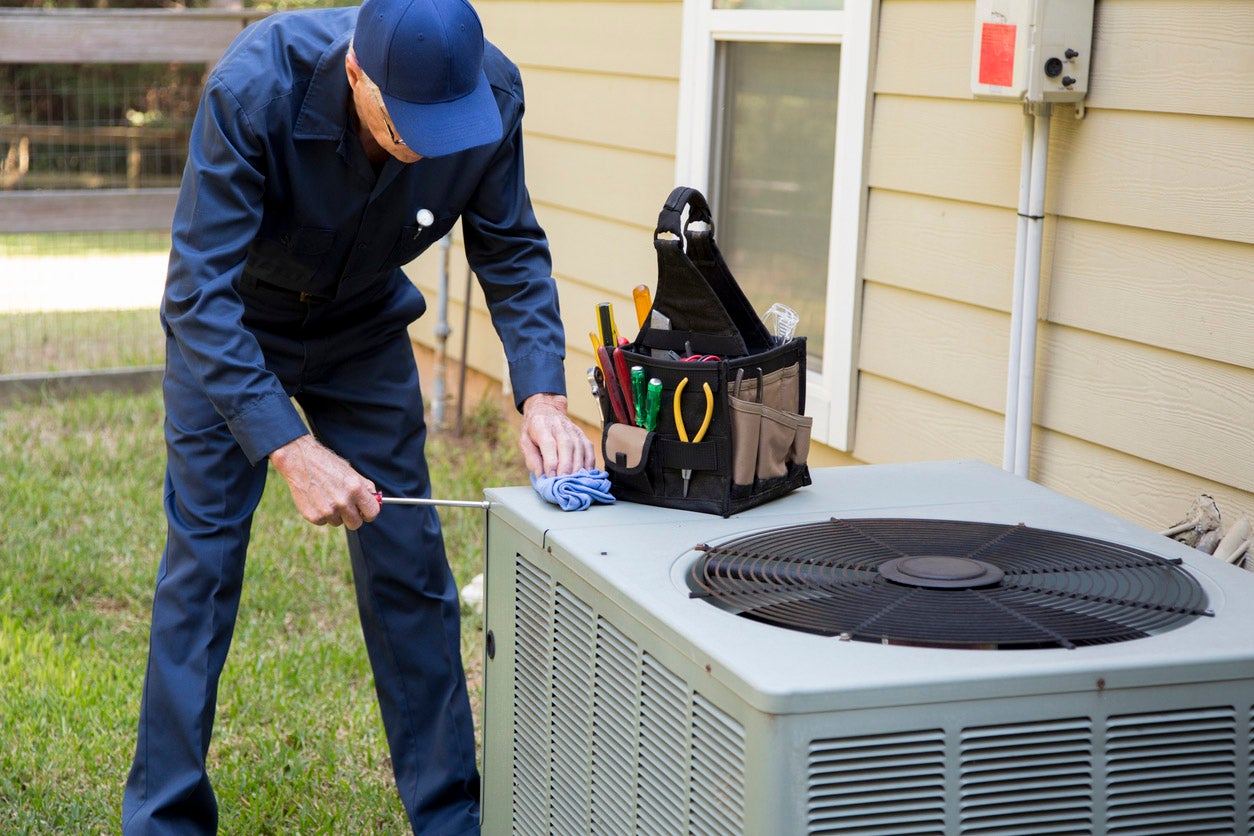
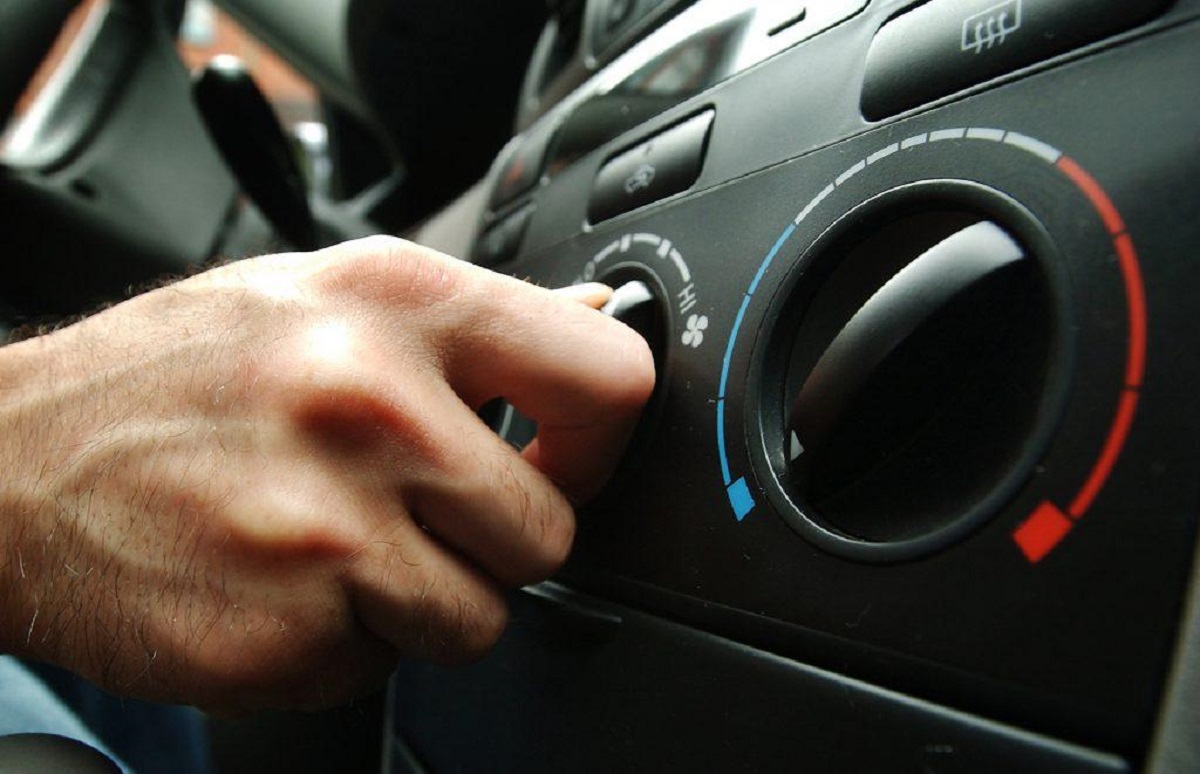

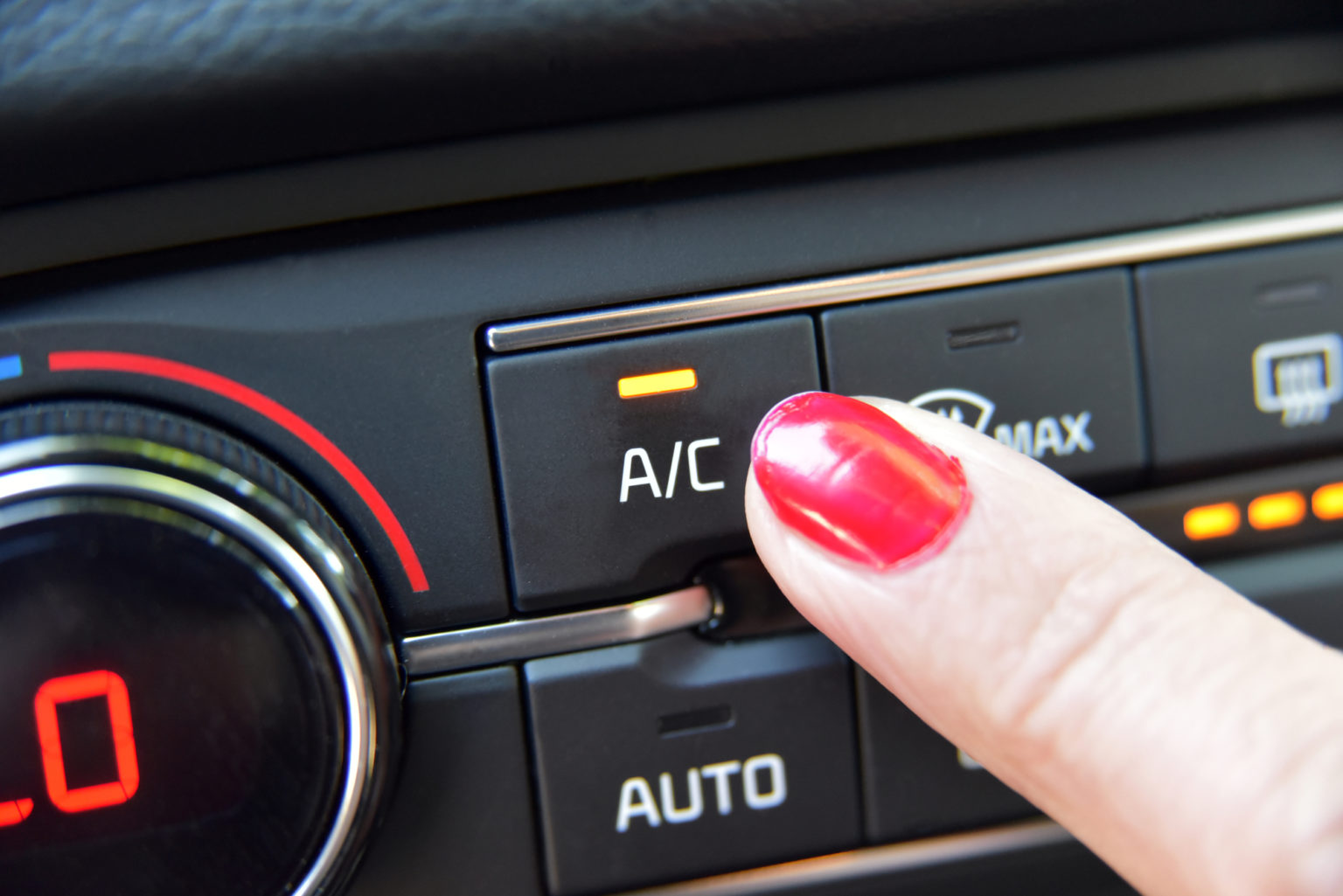
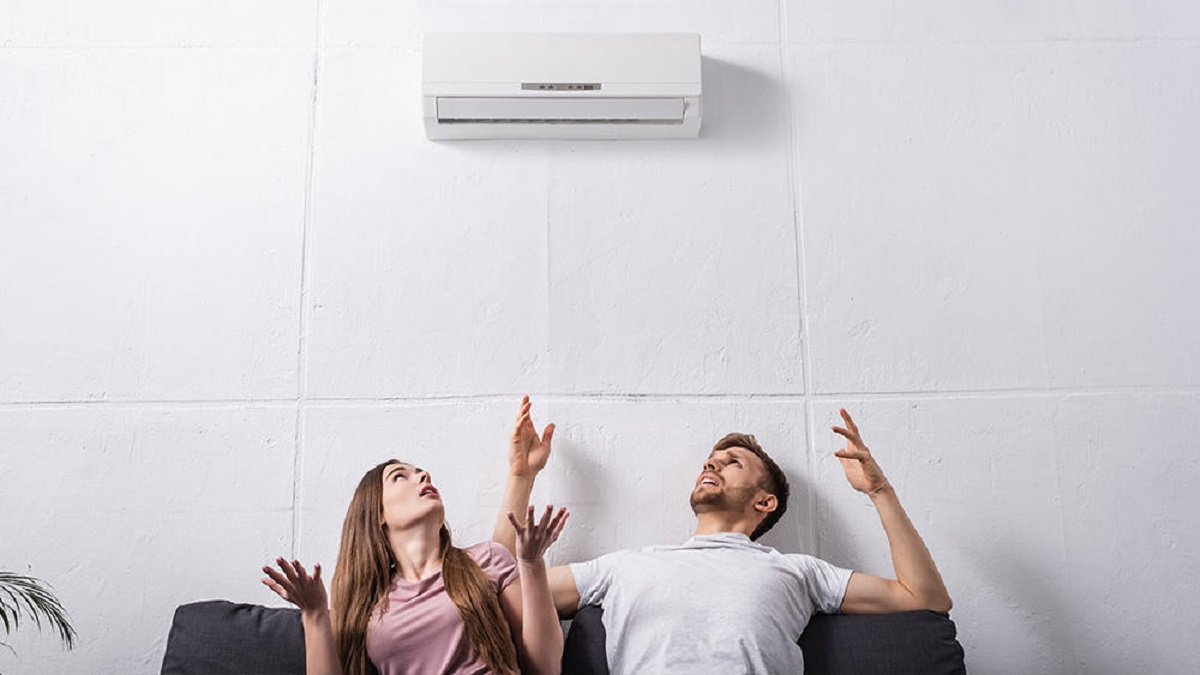
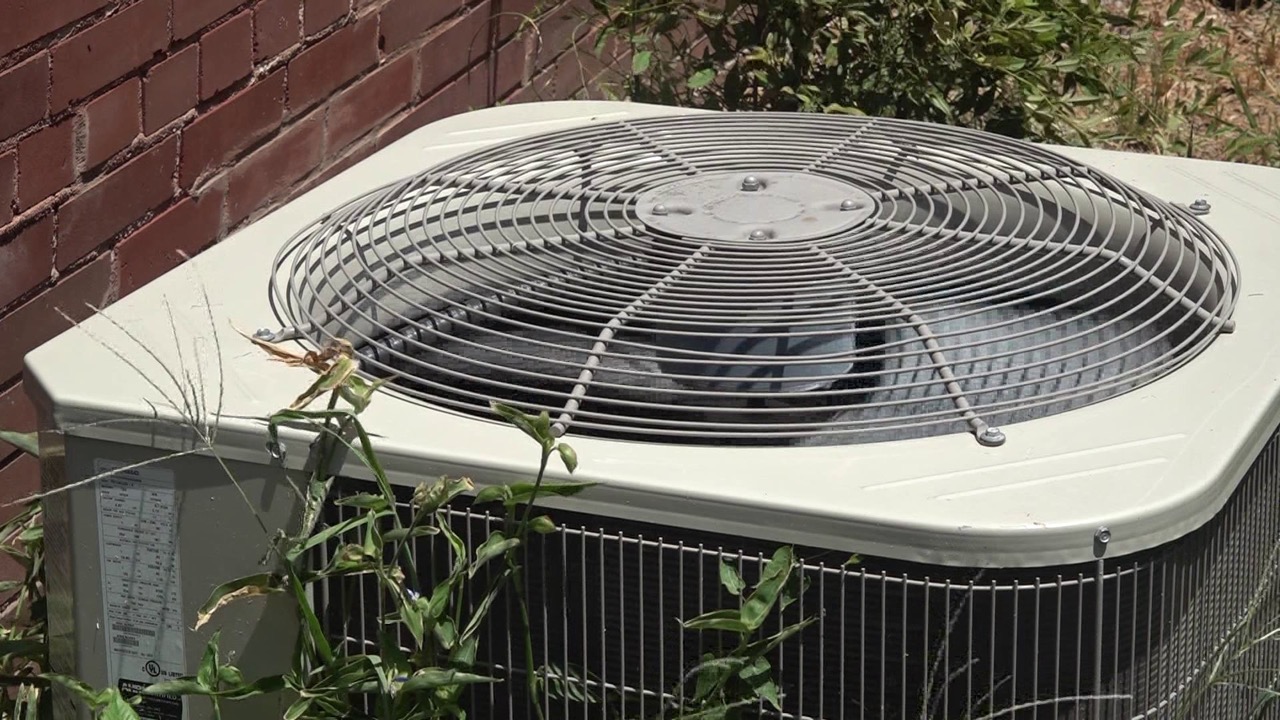
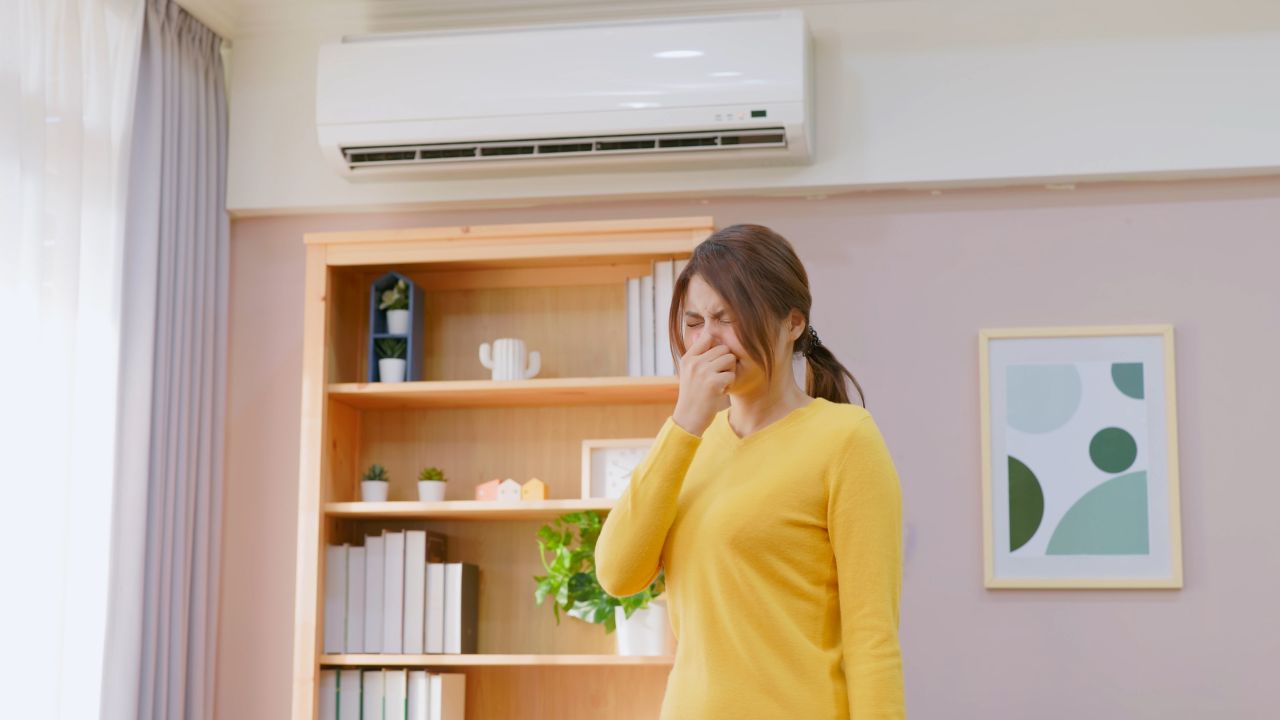
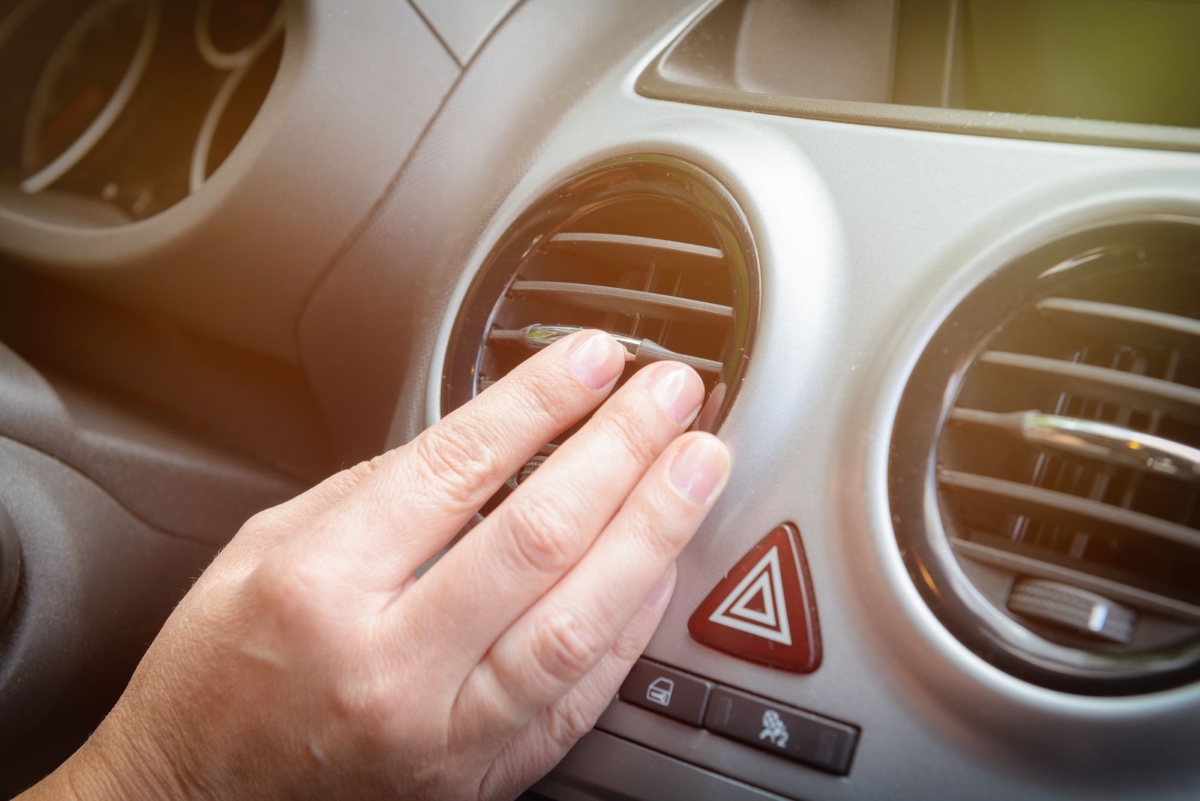
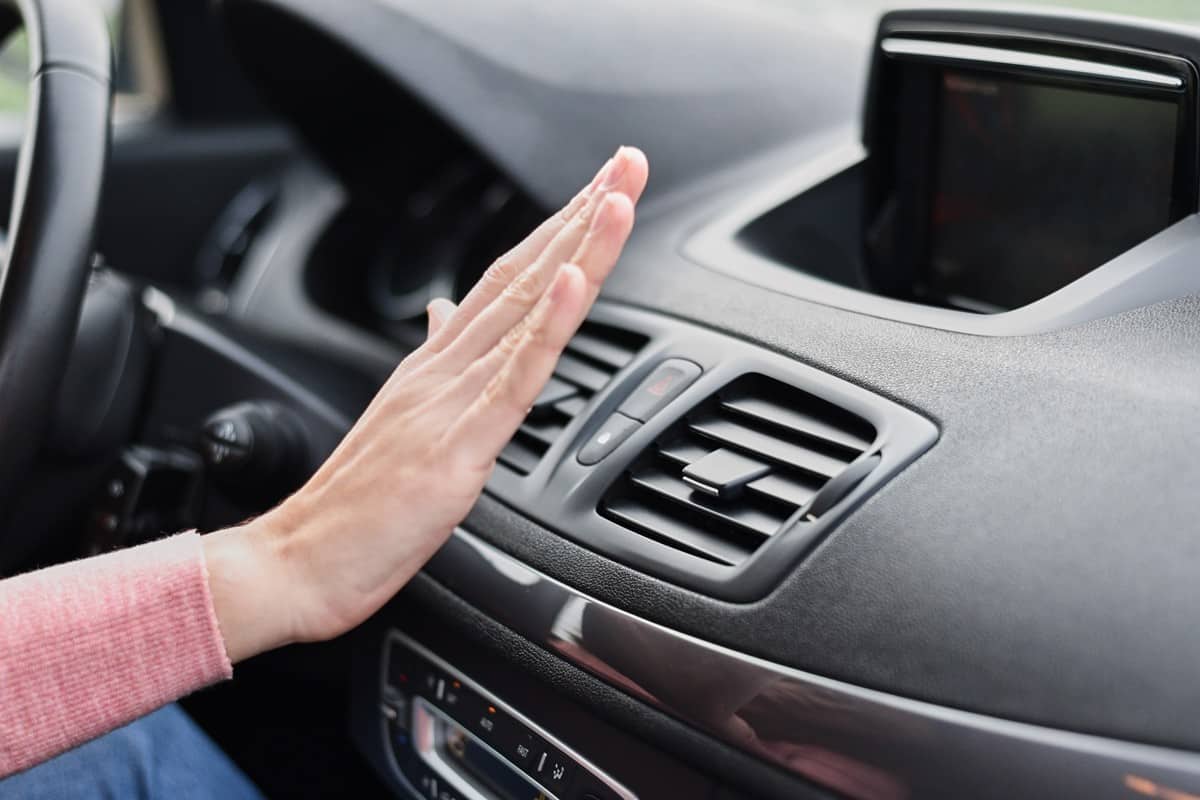
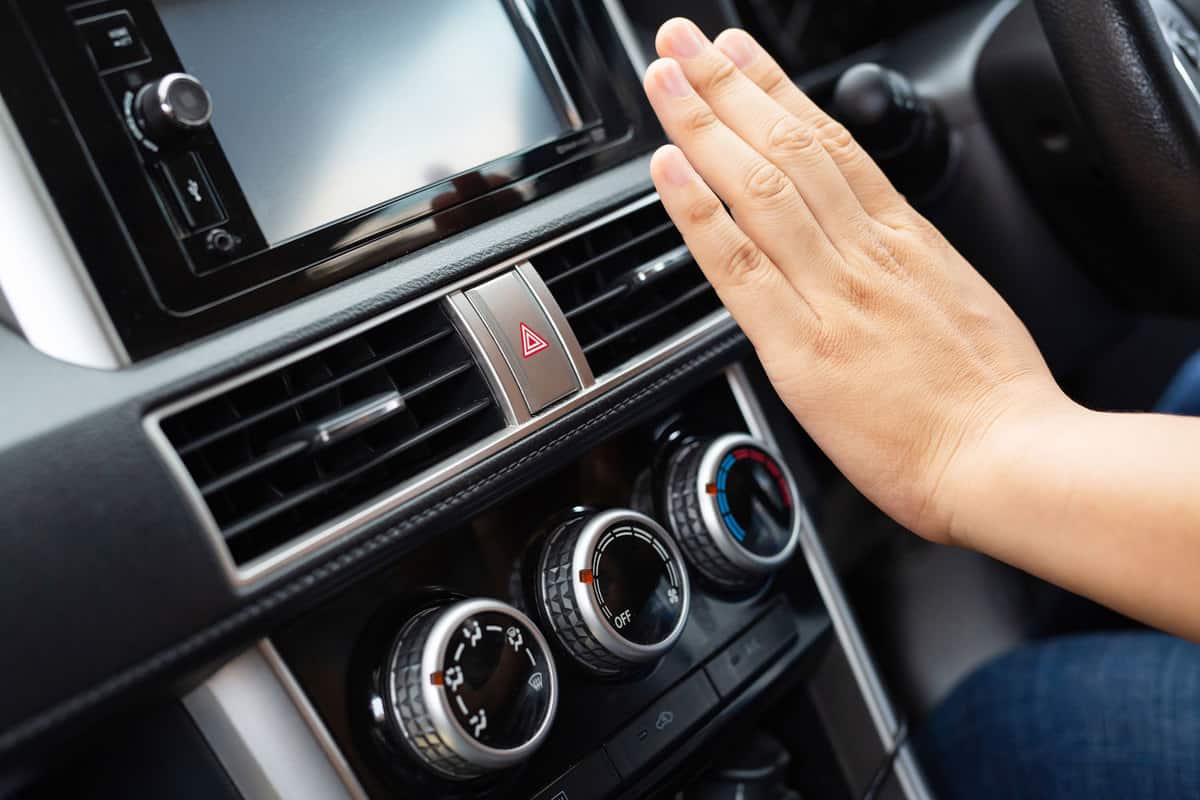
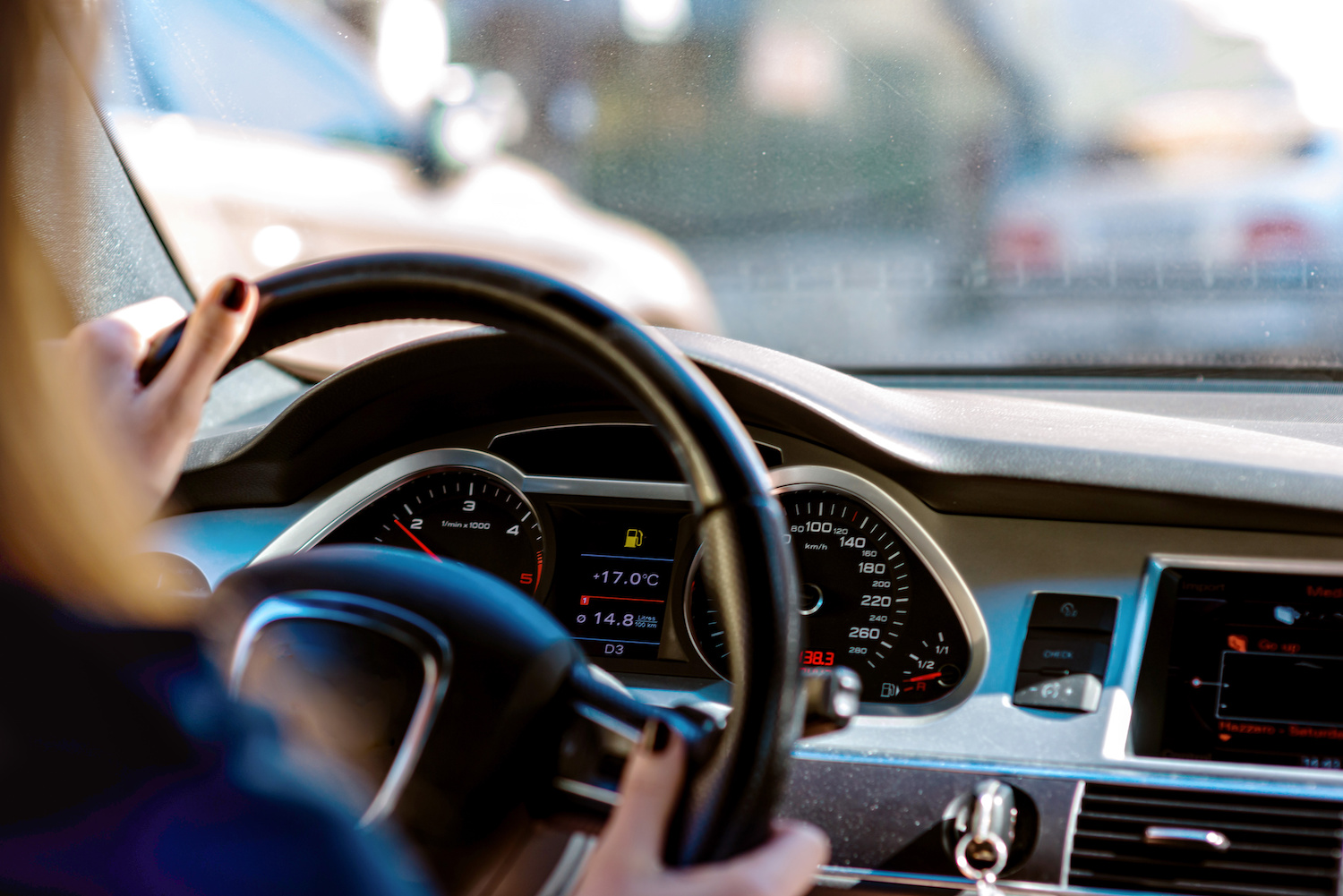

0 thoughts on “Why Does My Car Idle Rough When I Turn On The AC”